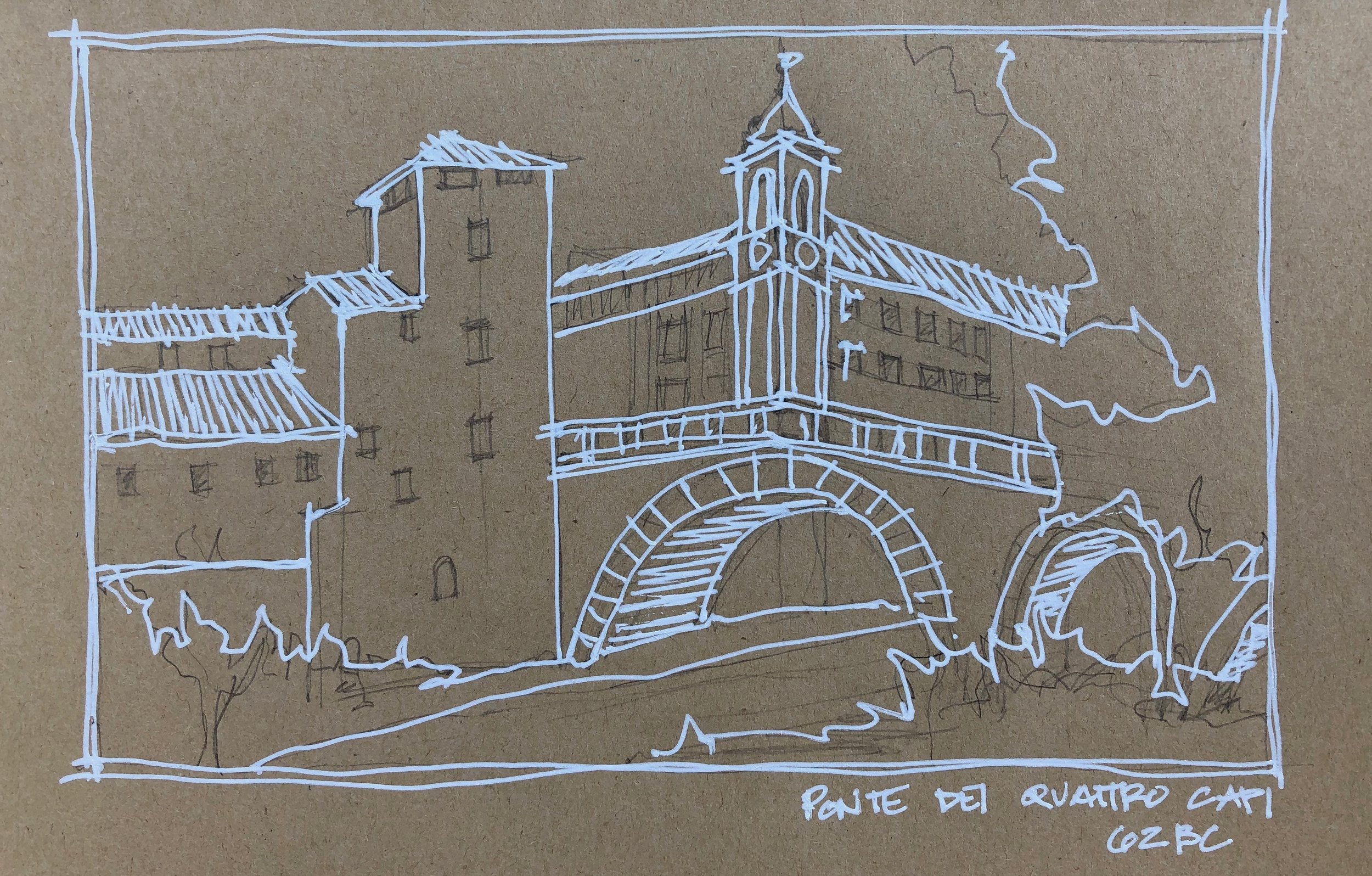Practicing architecture in the history-rich Charleston metro area often has us thinking about how new buildings or additions should interact with historic ones - the coexistence of present and past. Marc Kristal tackles the dialogue in his book, “The New Old House” with eighteen built examples of homes that combine historic and modern architecture. This discussion becomes one of preservation (sometimes with a flexible approach), function, aesthetics, respect and sustainability.
“As reusing an existing structure is one of the “greenest” of building practices, finding effective strategies for so doing contributes to the global drive for sustainability. The preservation of buildings for their larger historic value also means that locations…that are rich in meaning can retain their influence…” Marc Kristal
Well known institutional examples, including Carlo Scarpa’s Museo di Castelvecchio and I.M. Pei’s Grand Louvre addition, tee up the narrative of combining historic and contemporary work. No doubt there exists a sliding scale of what is too precious to alter, preserve vs. repair, how far is too far a departure in terms of style, etc. We lean toward those designs that contrast the original so it is very clear what is historic and what is new, as long as the addition is honest, well-designed, detailed and executed, especially if the addition enables the structure to have another relevant chapter.
As Gil Schafer III offers in the foreword, “Some of the most interesting conversations occur when there are opposing points of view - as long as they are undertaken with intelligence and civility.”
![Ten Broeck Cottage in Livingston, NY [Architect: Messana O’Rorke]](https://images.squarespace-cdn.com/content/v1/557030b7e4b093e99ed82634/1587489530456-66UQGXPV3HAK9R0RJ115/IMG_9283+2.jpg)










